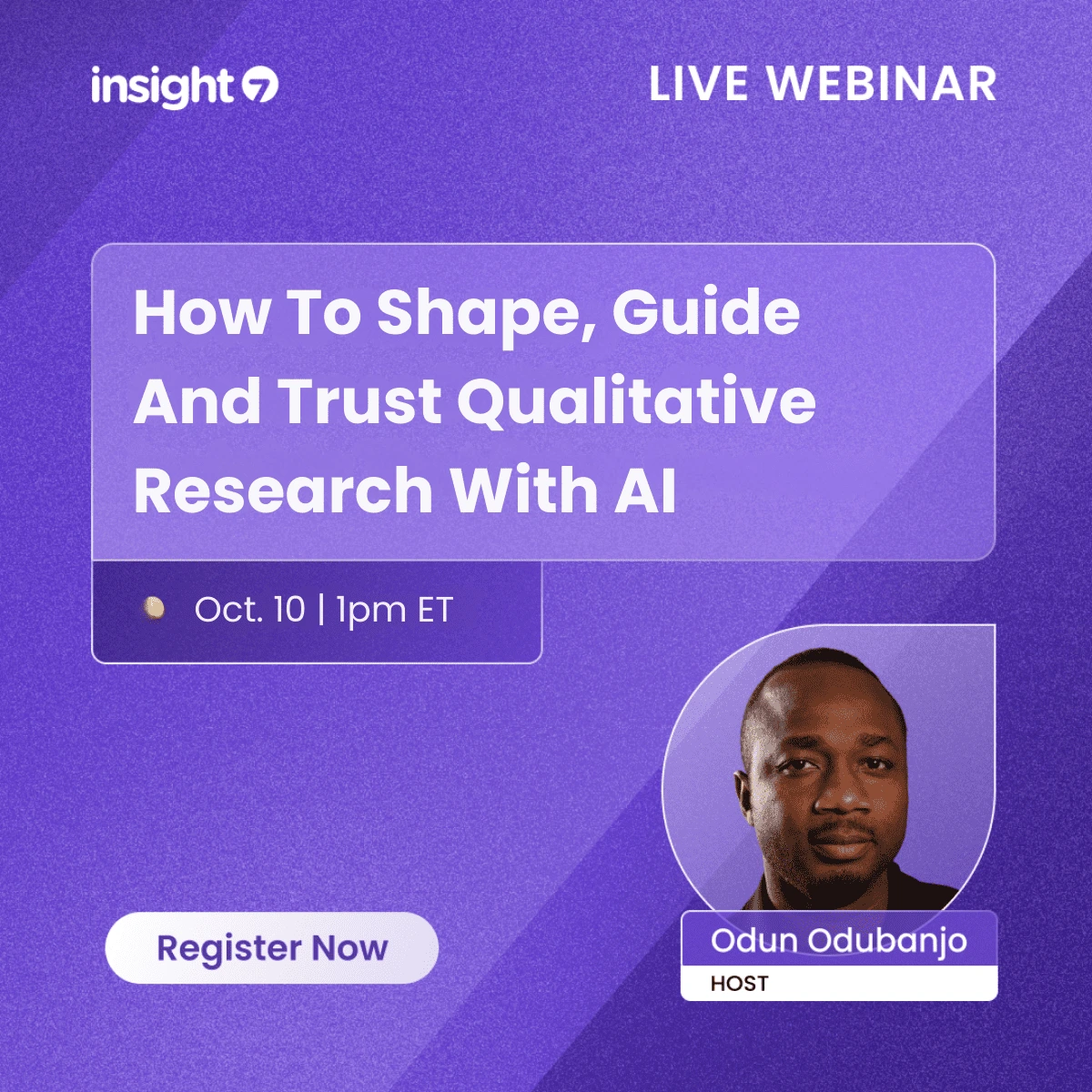The Role of Call Center Performance Management Software in Workforce Planning
-
Bella Williams
- 10 min read
Imagine a bustling call center where agents are juggling multiple customer inquiries, but the atmosphere is tense. High turnover rates plague the team, performance metrics are inconsistent, and workforce allocation feels like a guessing game. Customer satisfaction is slipping, revenue is at risk, and team morale is dwindling. In this chaotic environment, the need for clarity and efficiency is paramount. Enter call center performance management software—a transformative solution that can optimize workforce planning and turn the tide for teams struggling to meet customer expectations.
What’s Broken With the Old Way?
Traditional call center operations often rely on outdated methods that fail to keep pace with the demands of modern customer service. High attrition rates lead to a constant cycle of hiring and training, while missed follow-ups and low visibility into performance metrics create a perfect storm of inefficiency. Manual note-taking, random quality assurance sampling, and outdated reporting tools simply do not scale in today’s fast-paced environment. As customer expectations evolve and competitive pressures mount, organizations must shift towards data-driven workforce planning to stay relevant and effective.
Call Center Performance Management Software Definition and Core Value Proposition
Call center performance management software is a sophisticated tool designed to enhance workforce planning by providing actionable insights derived from customer interactions. Unlike traditional methods that focus on reactive call reviews, this software leverages AI-driven analytics to proactively identify training needs and performance gaps. For instance, instead of managers listening to a handful of random calls, the software analyzes 100% of conversations, offering a comprehensive view of agent performance and customer sentiment.
How Does Call Center Performance Management Software Transform Daily Work?
- For Sales Reps: Agents experience a streamlined call flow with automated follow-up reminders and accountability metrics that enhance their performance.
- For Managers: The software empowers managers with enhanced coaching capabilities, detailed reporting, and targeted training methodologies based on real-time data.
- For Leadership: Executives gain insights that reshape forecasting, optimize resource allocation, and inform strategic decision-making, ensuring alignment with business goals.
What Can Teams Unlock With Call Center Performance Management Software?
- Real-time performance tracking → Increased accountability and improved individual performance
- Predictive analytics for workforce needs → Optimized staffing and reduced overtime costs
- Enhanced training modules based on real-time data → Shorter onboarding times and higher employee satisfaction
- Integration with existing CRM systems → Streamlined workflows and improved customer interactions
Market Forces Driving Call Center Performance Management Software Adoption
Several market forces are propelling the adoption of call center performance management software. Advancements in AI technology, evolving customer expectations for personalized service, the rise of remote work, and the increasing need for data-driven insights are all critical factors. This software addresses key pain points such as inefficient training processes, lack of visibility into agent performance, and the inability to adapt quickly to changing market conditions, providing a strategic edge for organizations in the next 1–3 years.
Data Infrastructure for Call Center Performance Management Software Success
To successfully implement call center performance management software, organizations must establish a robust data infrastructure. This includes integrating call data, CRM systems, workforce management data, sentiment markers, and quality assurance scores. The variety and quality of data are crucial for building trust and accuracy in the insights generated. Better data inputs lead to sharper, more actionable outputs that enhance workforce planning and drive performance improvements.
The Call Center Performance Management Software Technology Engine: Under the Hood
Think of call center performance management software as a smart assistant that never sleeps. Here’s how it works:
- Every customer interaction flows into a central intelligence hub.
- Natural language processing extracts meaning from unstructured conversations.
- Machine learning algorithms identify behavioral patterns across thousands of interactions.
- Historical performance data creates predictive models for future staffing needs.
- Contextual recommendations appear exactly when teams need them most.
- Continuous learning loops refine accuracy with each new conversation, ensuring the software evolves alongside the business.
Where Call Center Performance Management Software Creates Breakthrough Results
This software serves as a competitive differentiator by:
- Accelerating deal velocity by surfacing urgency signals that competitors might miss.
- Transforming average performers into top quartile agents through precision coaching based on data insights.
- Preventing customer defection by catching early warning signs in tone and language during calls.
- Optimizing resource allocation by predicting which opportunities deserve focus, ensuring that teams are always working on the most impactful tasks.
What Should You Look for in a Call Center Performance Management Software Platform?
When evaluating call center performance management software, consider must-have features that separate leaders from laggards. Look for:
- Accuracy in performance metrics and insights.
- Multilingual support to cater to diverse customer bases.
- CRM integration for seamless workflow management.
- Advanced analytics dashboards that provide real-time insights into performance and customer interactions.
Snapshot Comparison:
| Area | AI-Enabled Approach | Old Approach |
|---|---|---|
| Coverage | 100% of calls | Random sample |
| Insights | Real-time, predictive | Delayed, manual |
| Sentiment | Automated detection | Guesswork |
| Reporting | Unified dashboards | Fragmented spreadsheets |
| Workforce Planning | Data-driven forecasting | Intuition-based |
Common Challenges in Implementing Call Center Performance Management Software
While the benefits are clear, organizations may face challenges during implementation, such as:
- Rolling out the software without cleaning existing data, leading to inaccurate insights.
- Treating AI outputs as the final truth instead of using them as decision support tools.
- Ignoring the need for alignment between sales, service, and leadership teams.
- Failing to integrate the software into existing workflows, resulting in resistance from staff.
How Do You Begin the Journey?
Starting the journey towards implementing call center performance management software can be straightforward:
- Identify your highest-value use case (e.g., conversion, training, service).
- Connect call data and CRM systems to ensure seamless integration.
- Run a pilot program on a small team to test the software’s effectiveness.
- Train models and collect feedback to refine the system.
- Expand the implementation to more teams based on pilot results.
- Regularly review outcomes and adjust strategies to maximize impact.
Advanced Call Center Performance Management Program Maturity
Best-in-class organizations differentiate themselves by:
- Reviewing insights regularly to stay ahead of trends and performance issues.
- Balancing automation with human judgment to ensure nuanced decision-making.
- Fostering a culture of continuous improvement through coaching and transparency, making the software an integral part of their operations.
How Do You Prove It’s Working?
To demonstrate the effectiveness of call center performance management software, focus on metrics storytelling:
- Identify KPIs that reveal real progress, such as conversion lift, resolution rates, sentiment trends, and forecasting accuracy.
- Link call insights to tangible business outcomes, showcasing how improved performance translates to revenue growth.
- Monitor signals that indicate teams are making better decisions, reinforcing the value of the software.
Common Questions
- Isn’t this just call recording with better dashboards? → Clarify that it goes beyond recording by providing actionable insights and predictive analytics.
- How much call history do we need before insights are meaningful? → Explain that even a few weeks of data can yield valuable insights, but more extensive data enhances accuracy.
- Can we trust AI with sensitive data? → Offer reassurance about security measures, including compliance with regulations like GDPR and HIPAA.
- Does this work for global or multilingual teams? → Detail the software’s capabilities in handling diverse languages and cultural nuances.
- What is the cost-benefit analysis of implementing this software? → Discuss ROI considerations, emphasizing long-term gains in efficiency and customer satisfaction.
Final Word
Reflecting on the challenges faced by call centers today, it’s clear that call center performance management software offers a powerful solution to resolve these pain points. By leveraging AI-driven insights, organizations can optimize workforce planning, enhance customer interactions, and ultimately scale revenue and customer impact. The future of call center operations lies in embracing these transformative technologies.
Case Studies and Real-World Applications
Consider organizations that have successfully implemented call center performance management software:
- A leading tech support company faced high turnover and inconsistent service quality. By adopting this software, they improved agent performance metrics by 30% within six months, leading to a significant increase in customer satisfaction scores.
- A healthcare provider utilized the software to streamline patient interactions, resulting in a 25% reduction in call handling time and improved compliance with regulatory standards.
Best Practices for Successful Implementation
To ensure a successful deployment of call center performance management software, organizations should:
- Engage stakeholders early in the process to foster buy-in and collaboration.
- Provide comprehensive training to all users to maximize the software’s potential.
- Foster a culture of continuous improvement, encouraging teams to adapt and refine their strategies based on performance data.
- Regularly review and adapt strategies based on insights gained from the software, ensuring ongoing alignment with business objectives.







